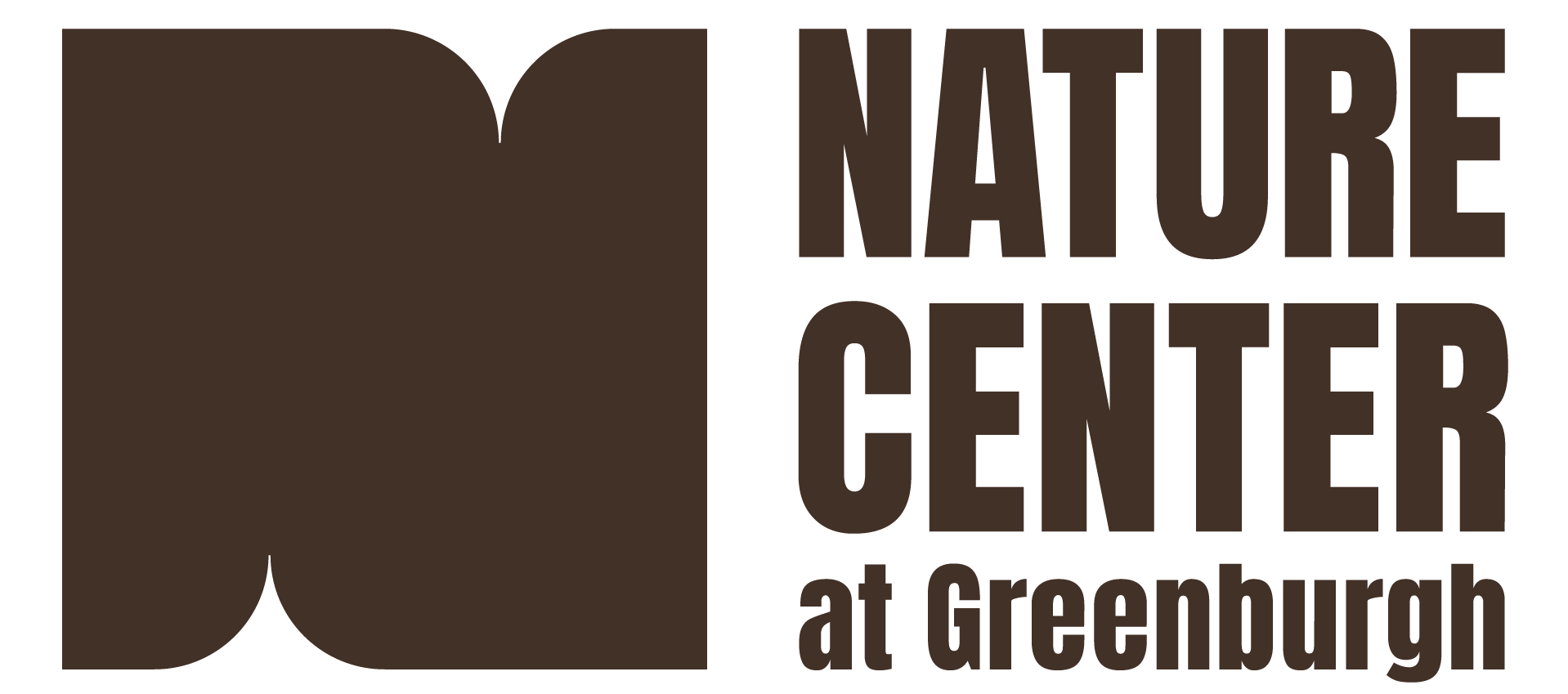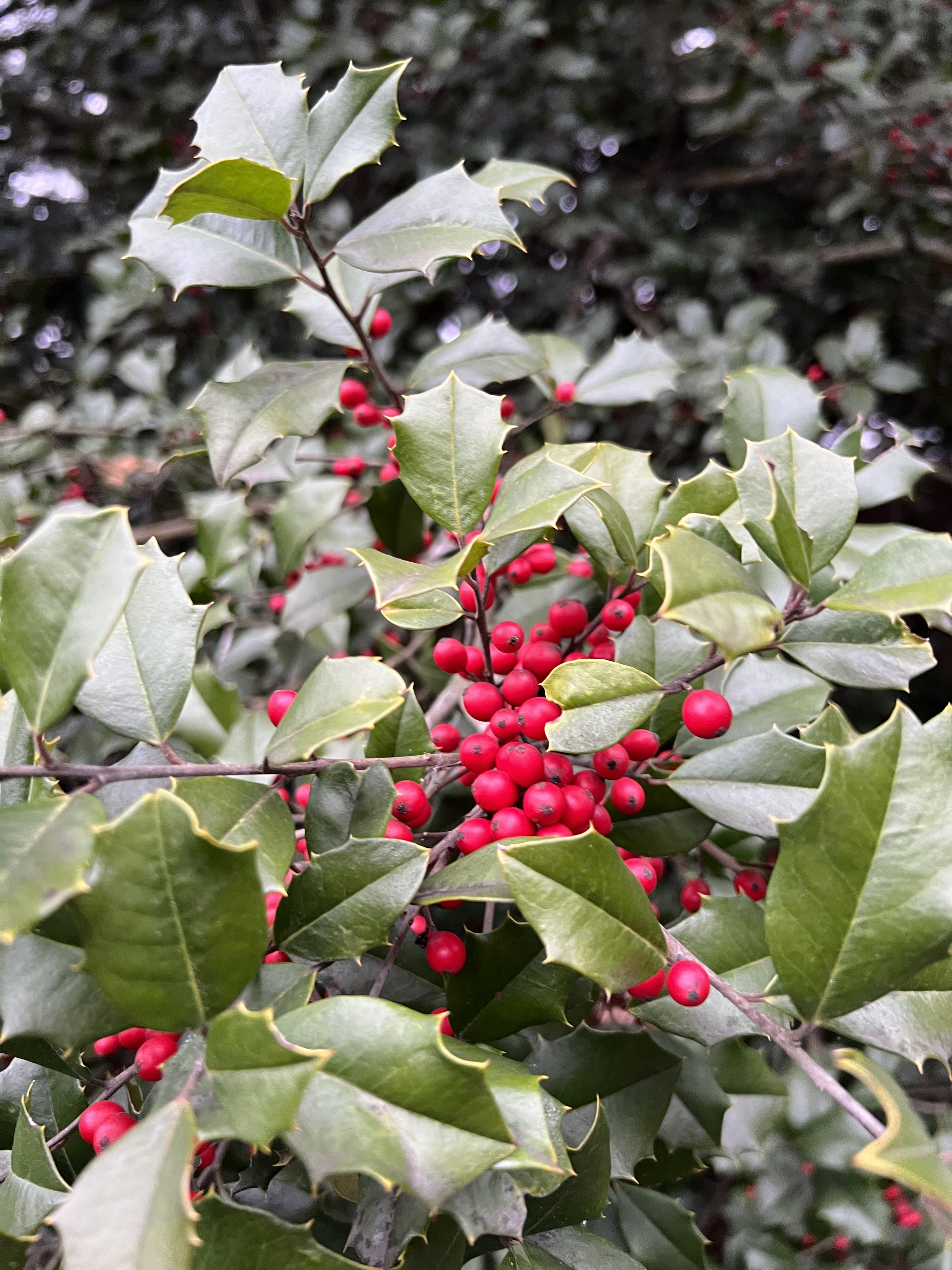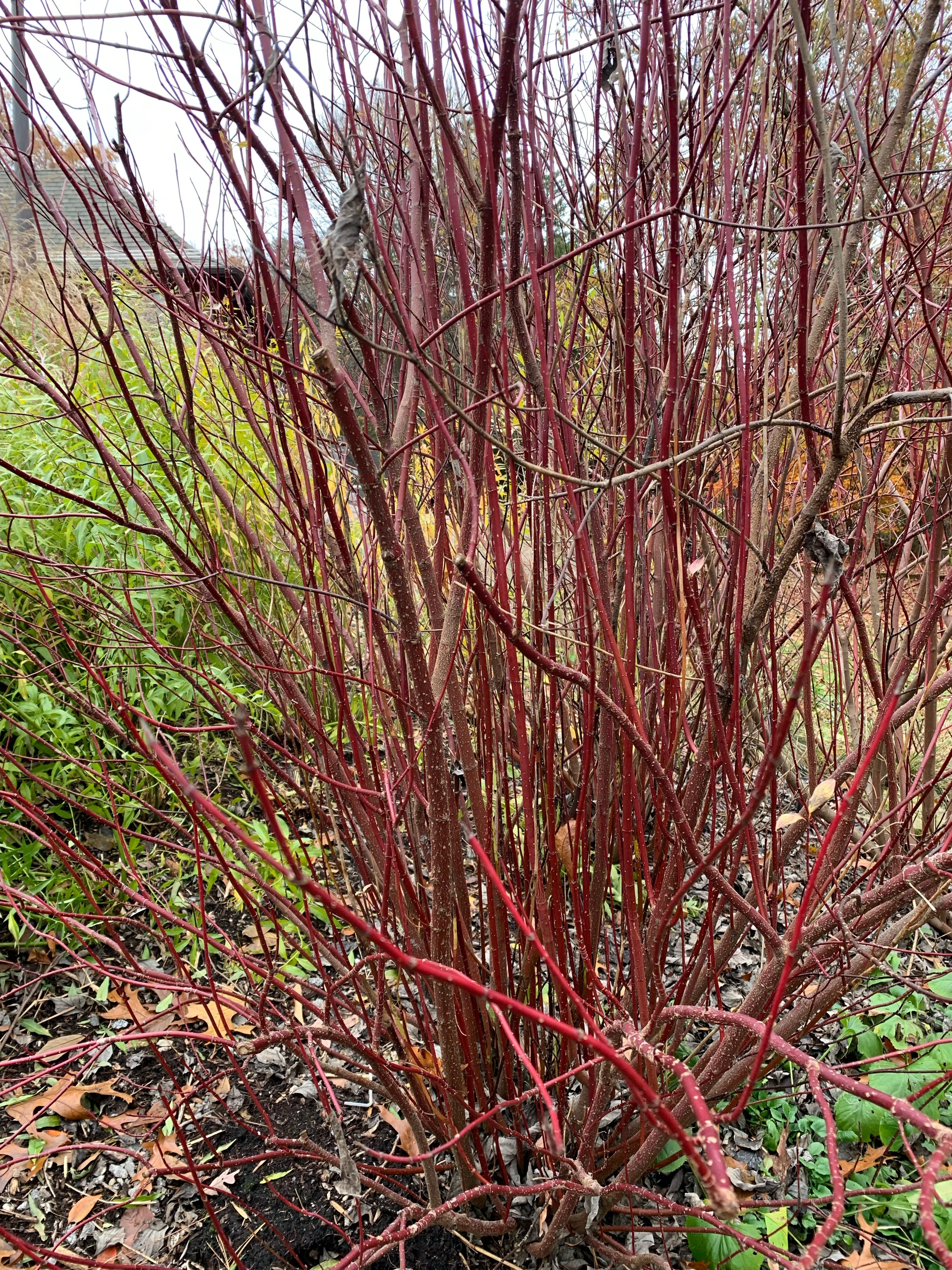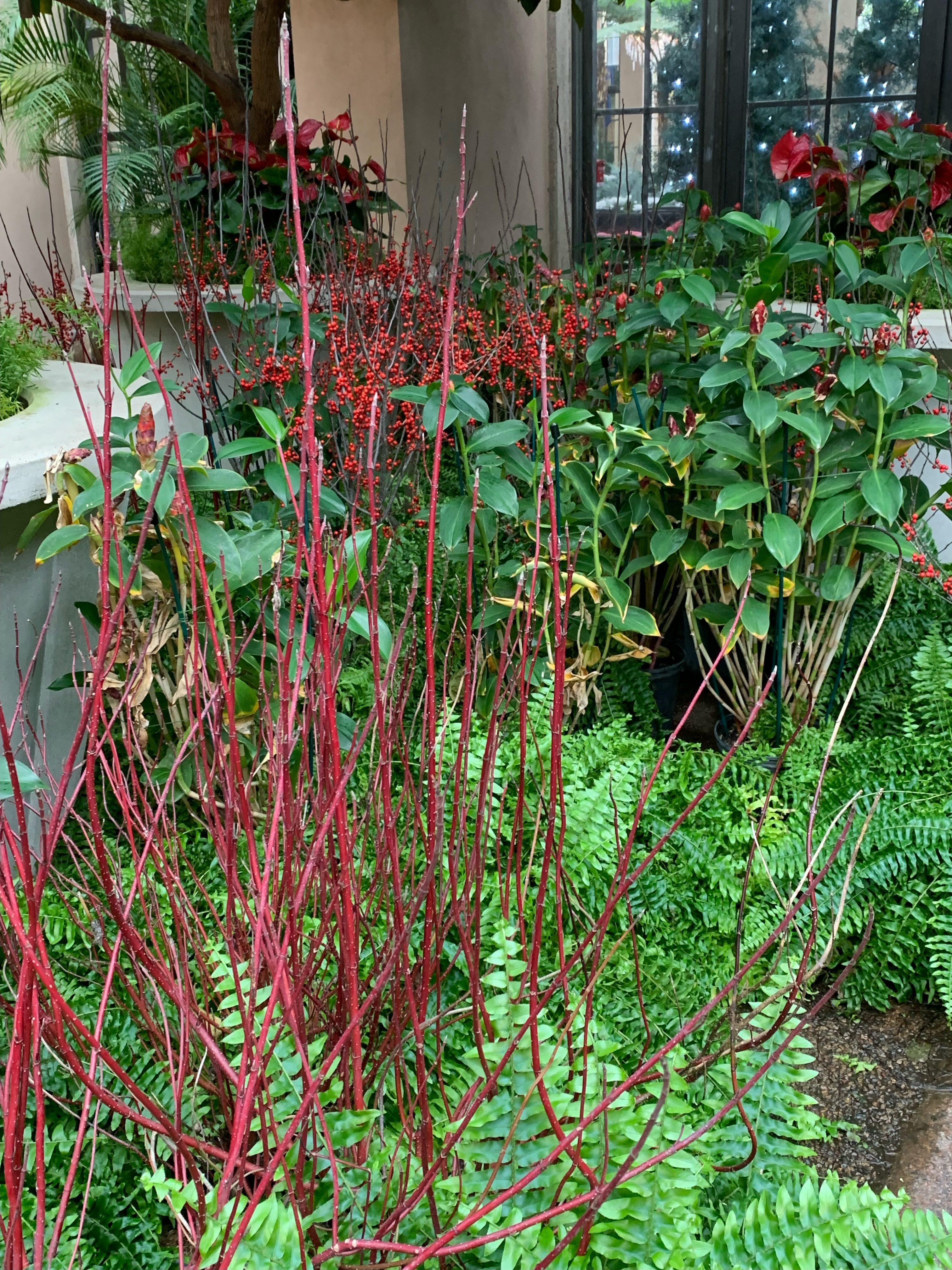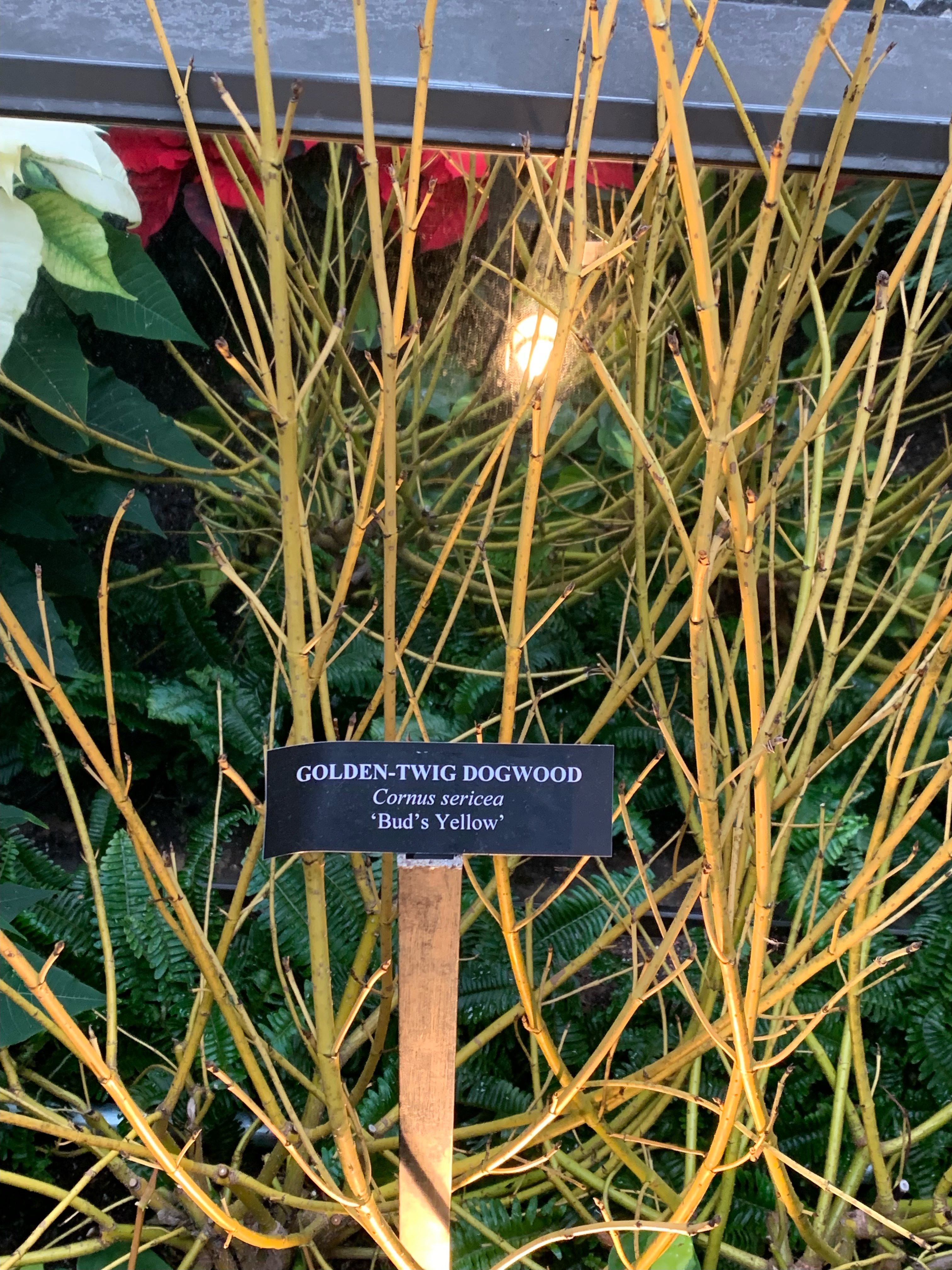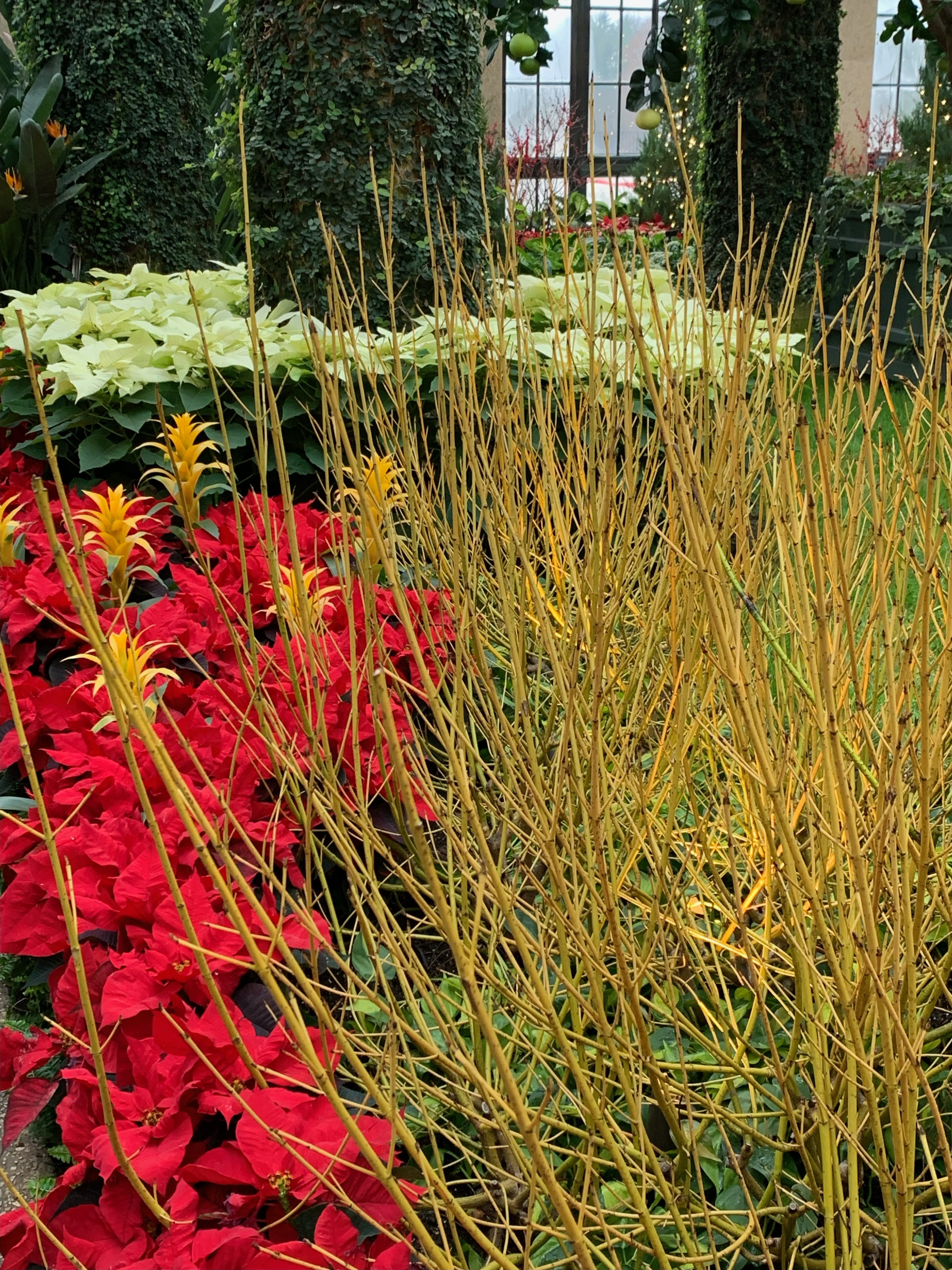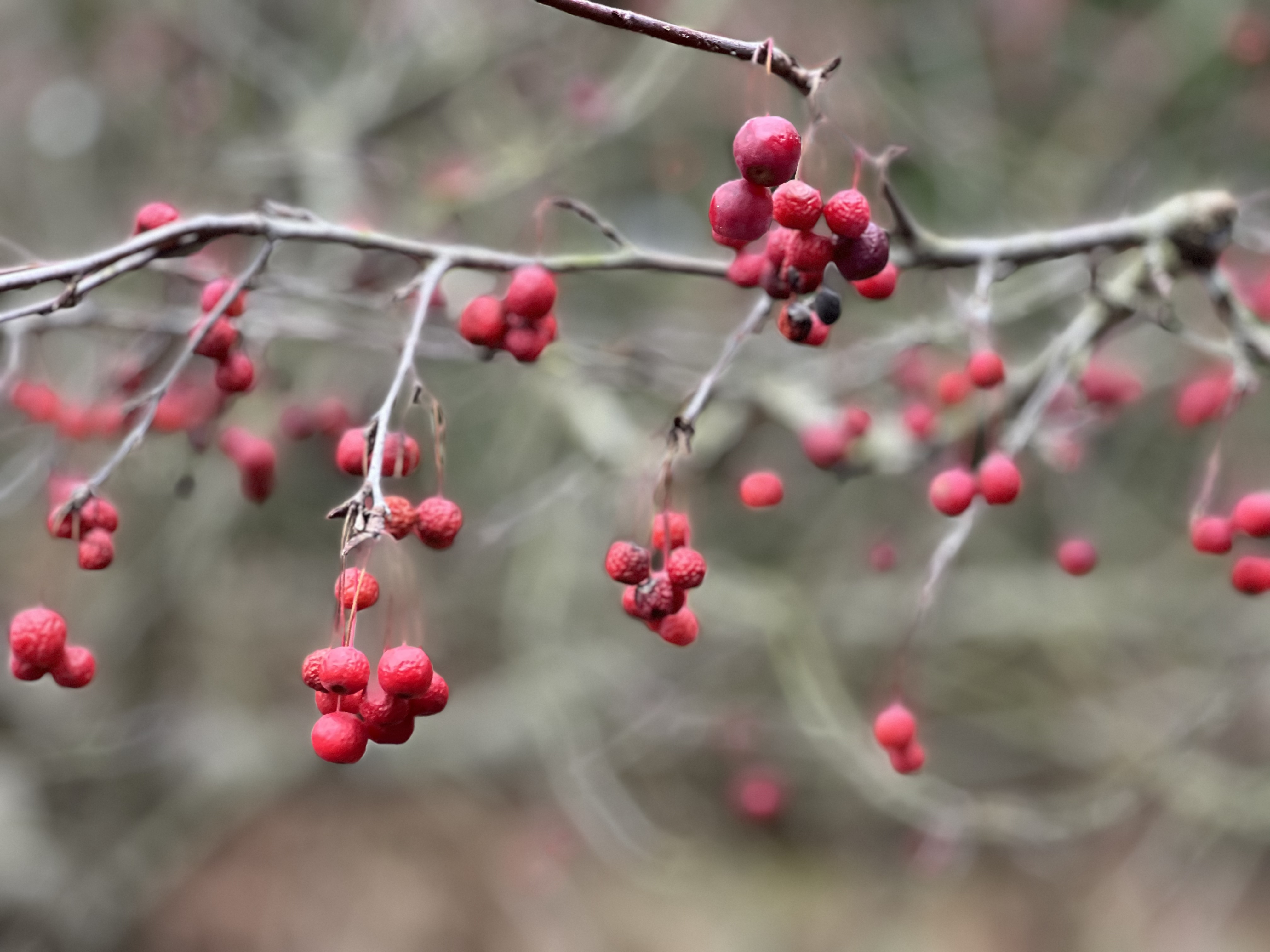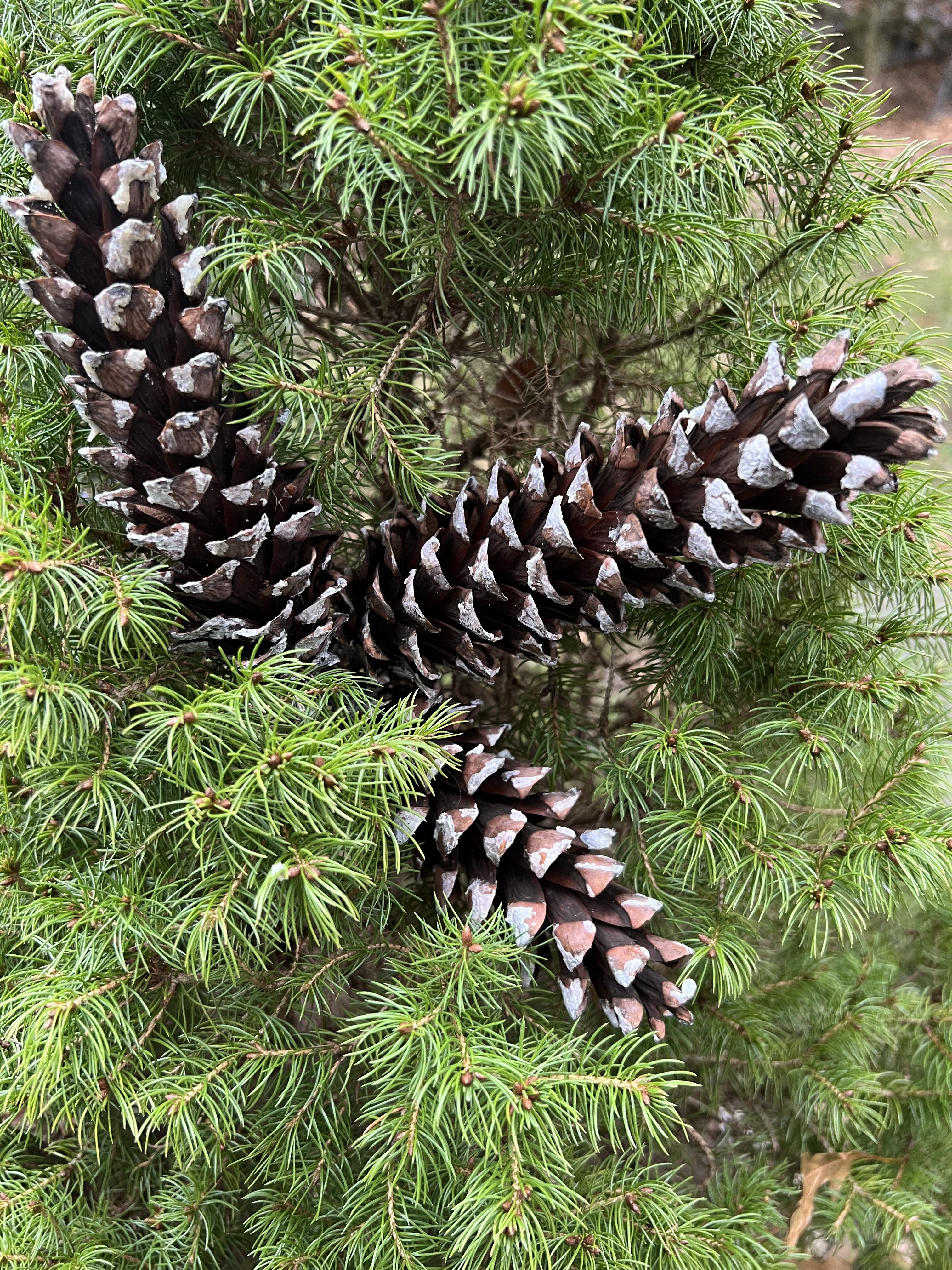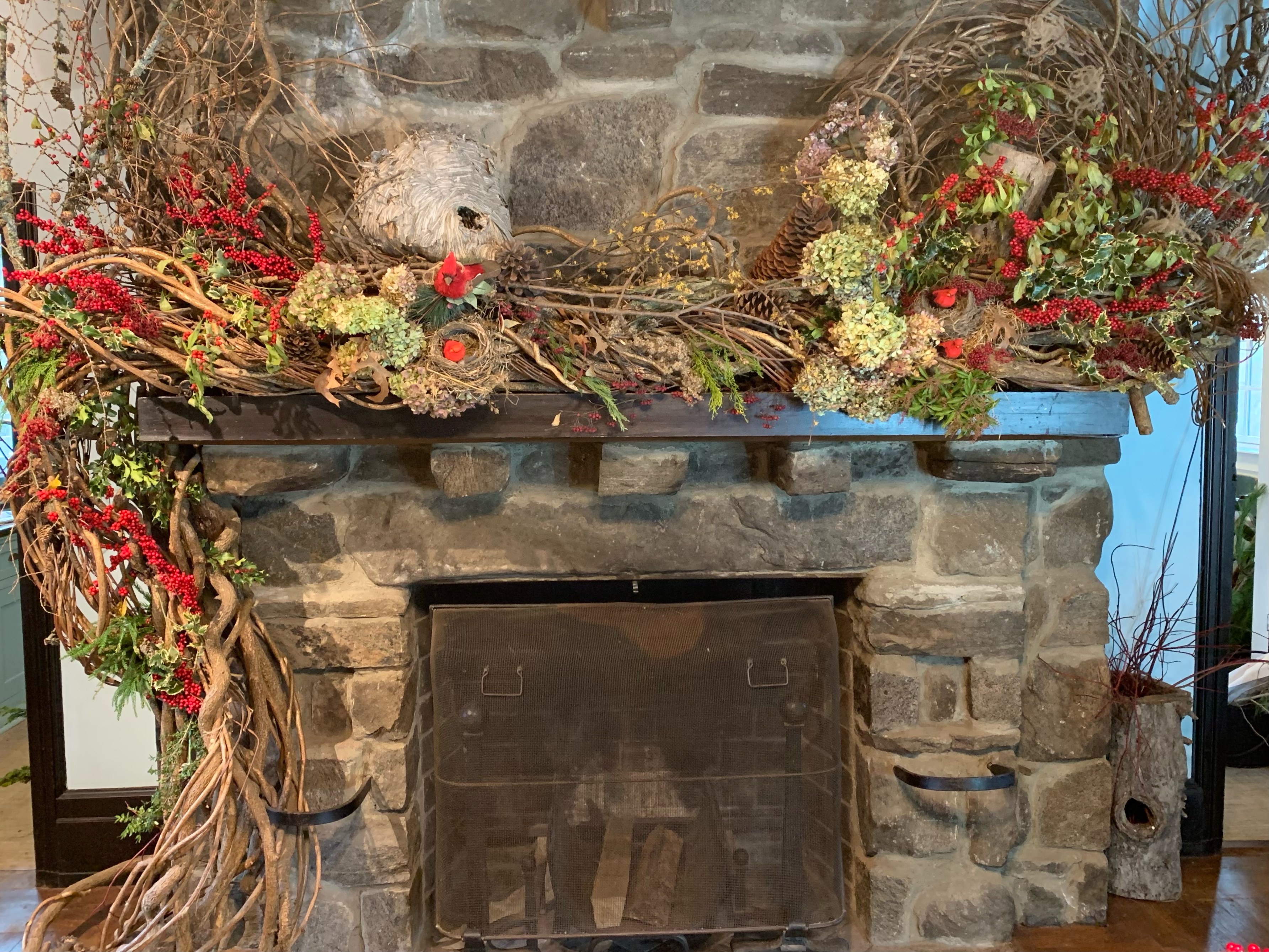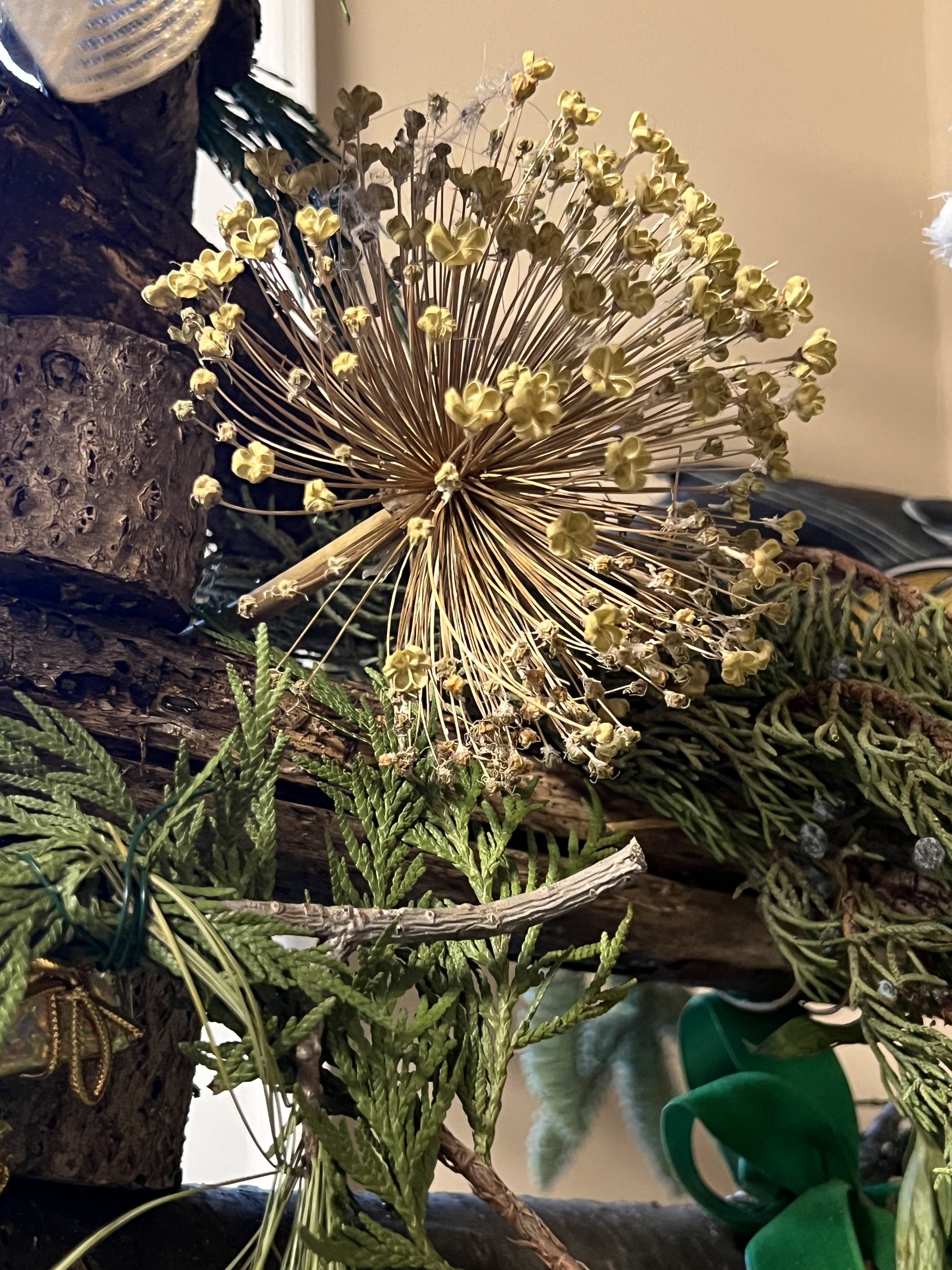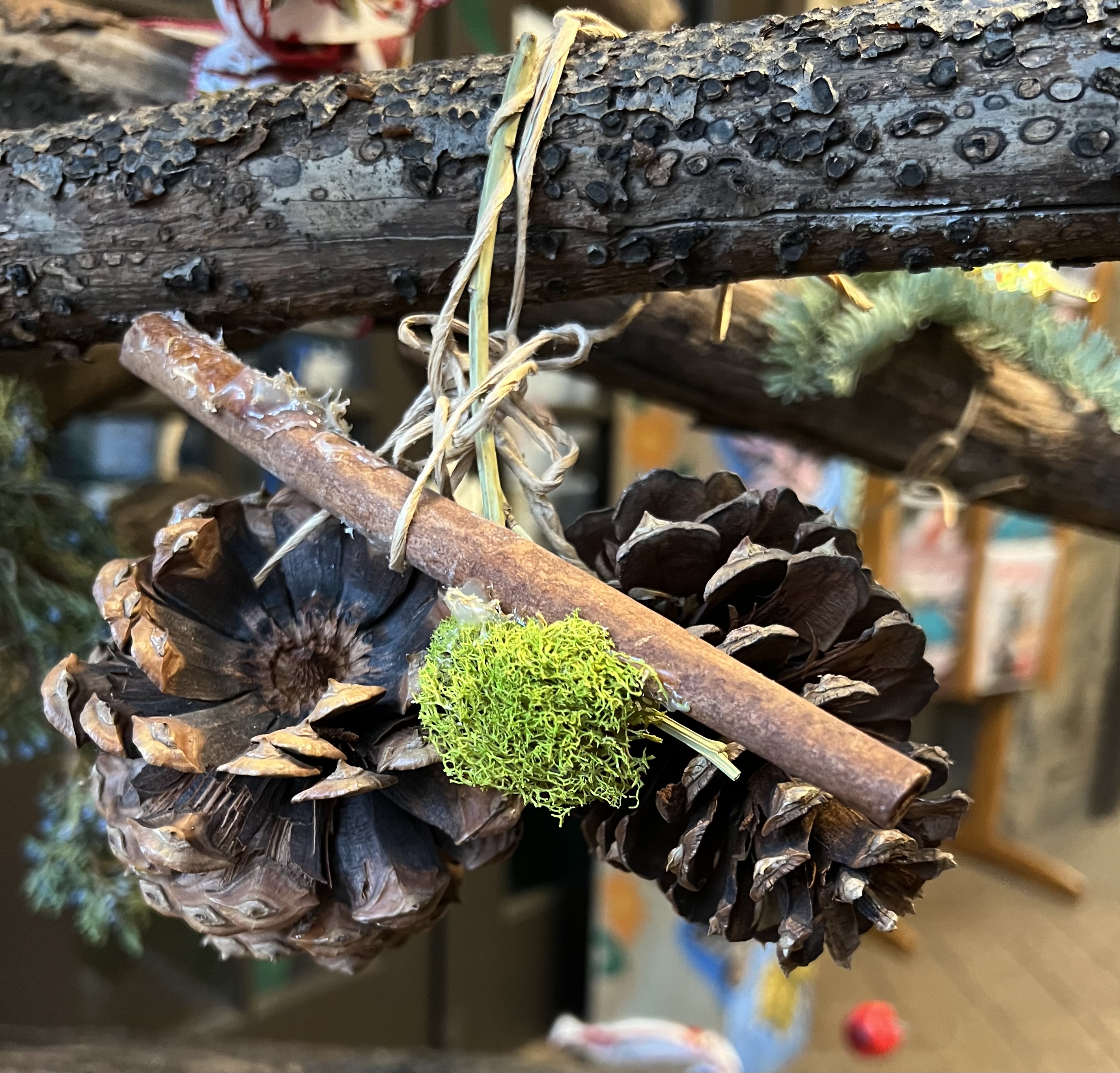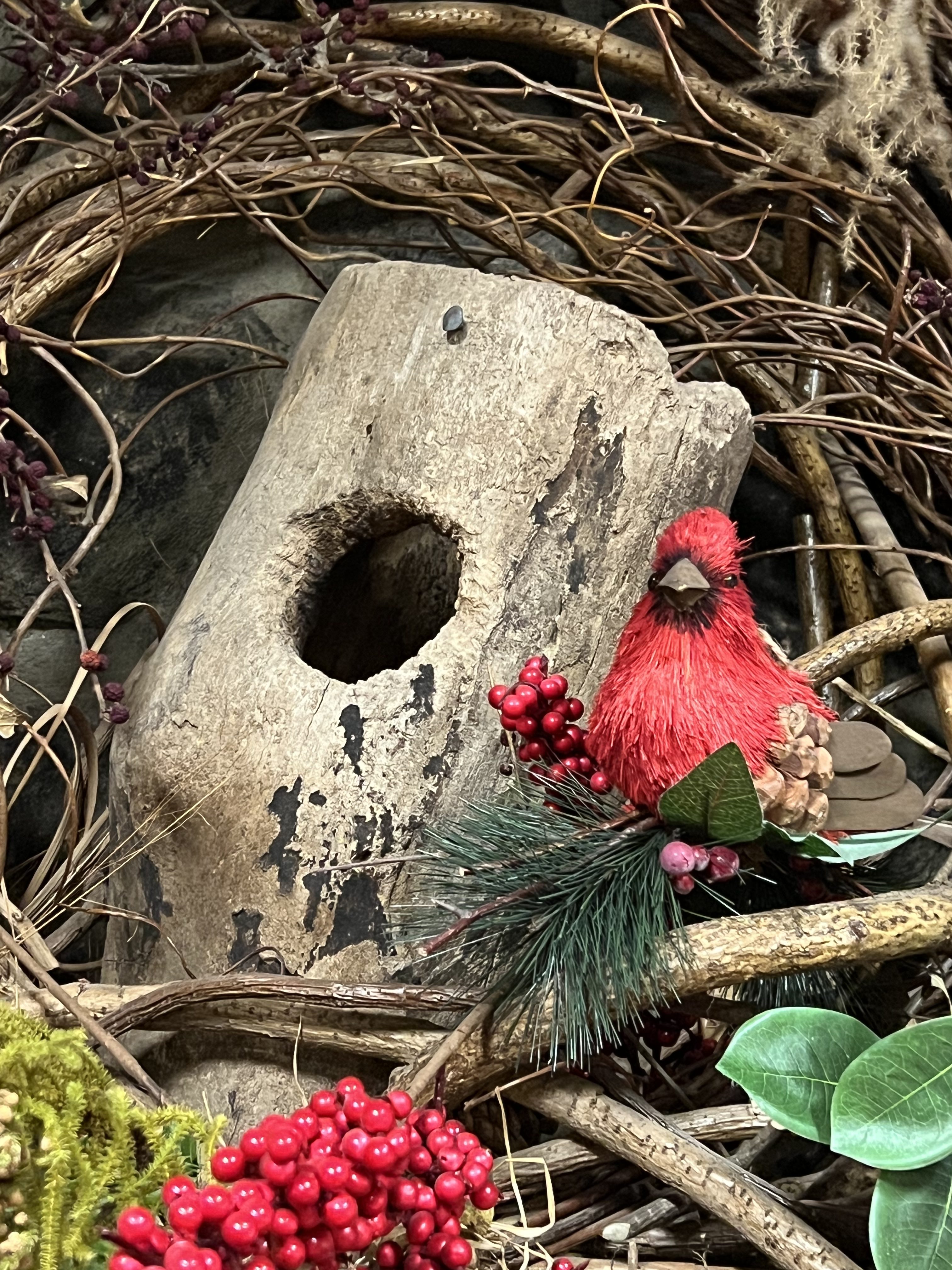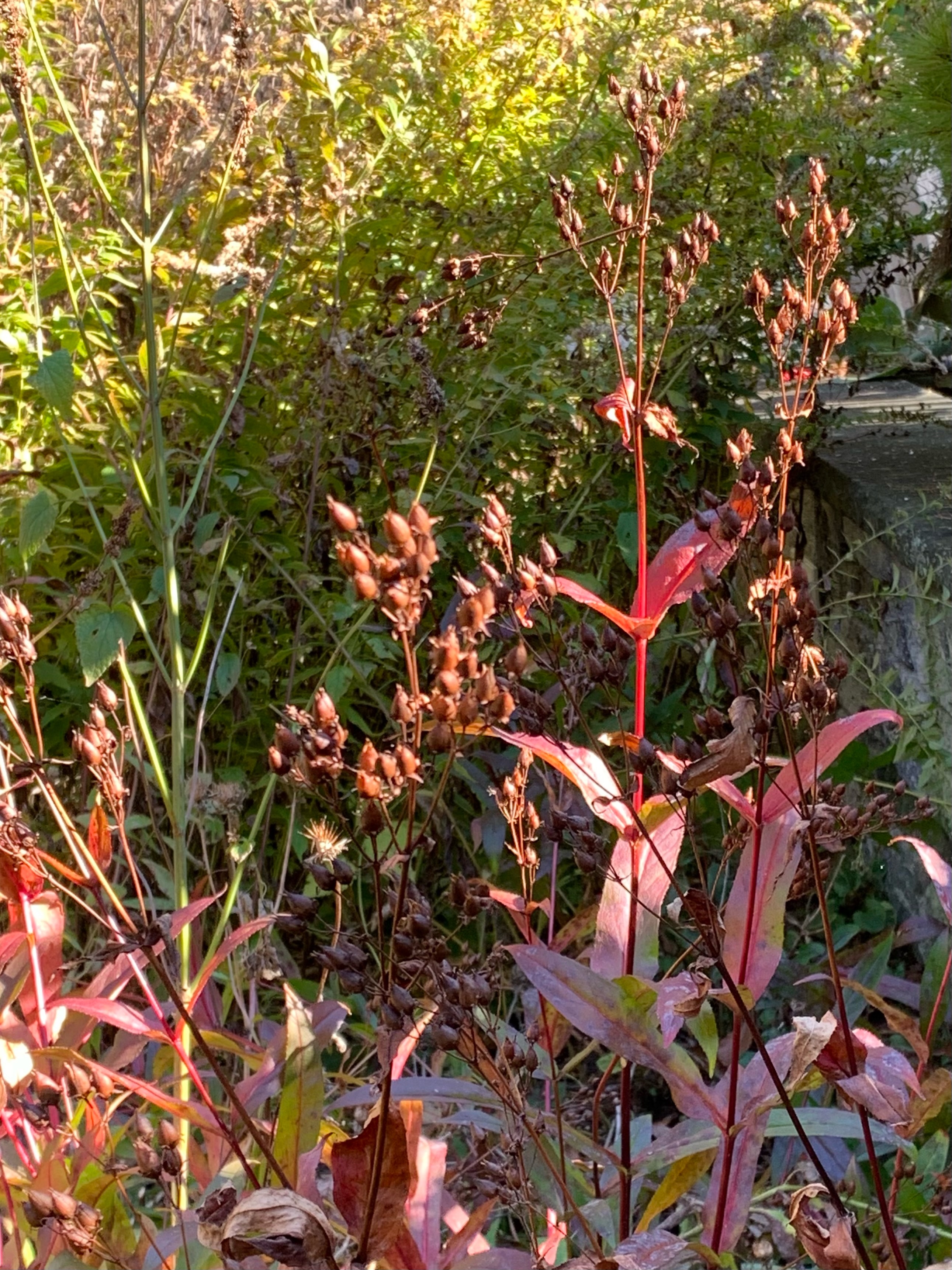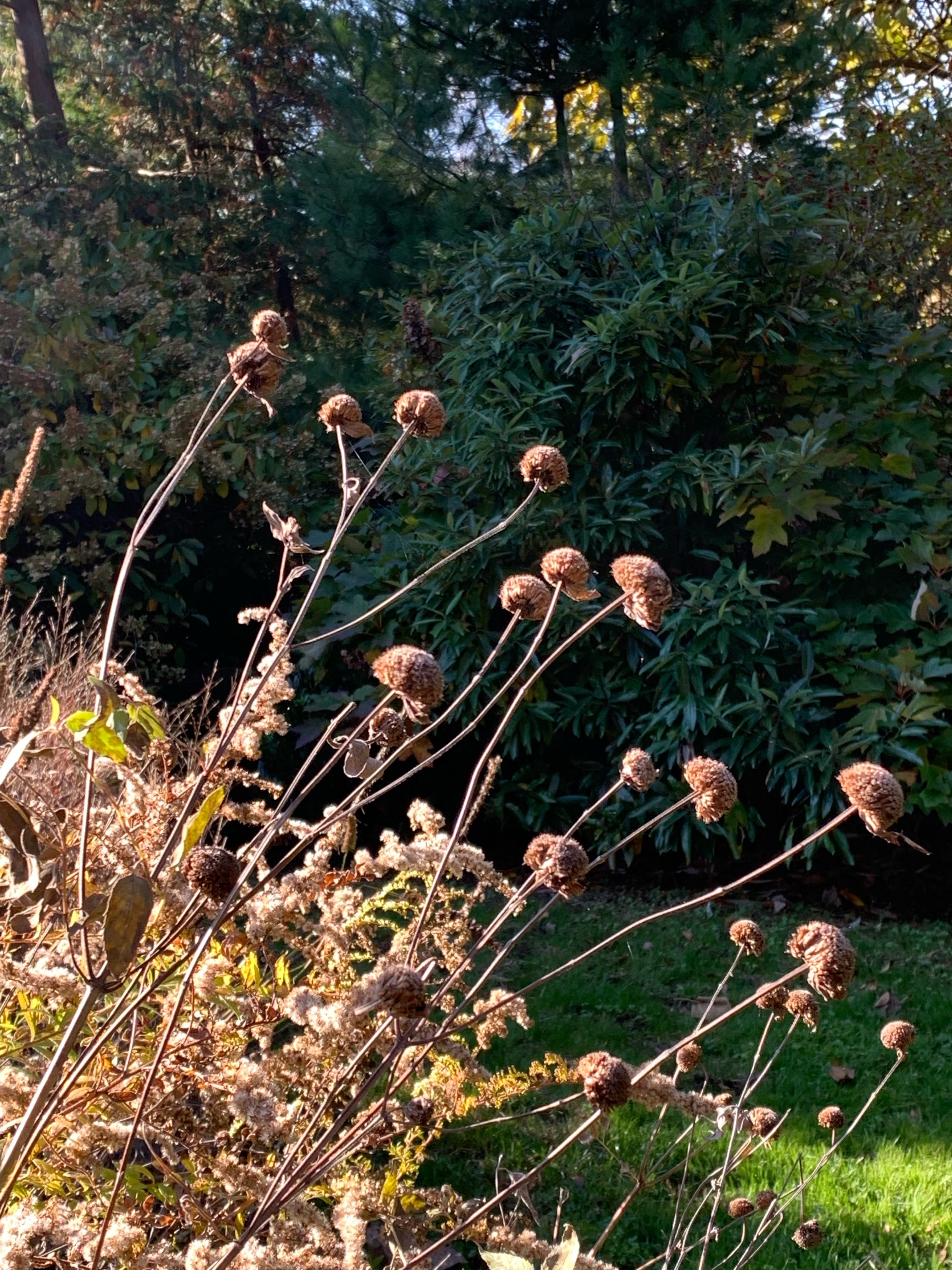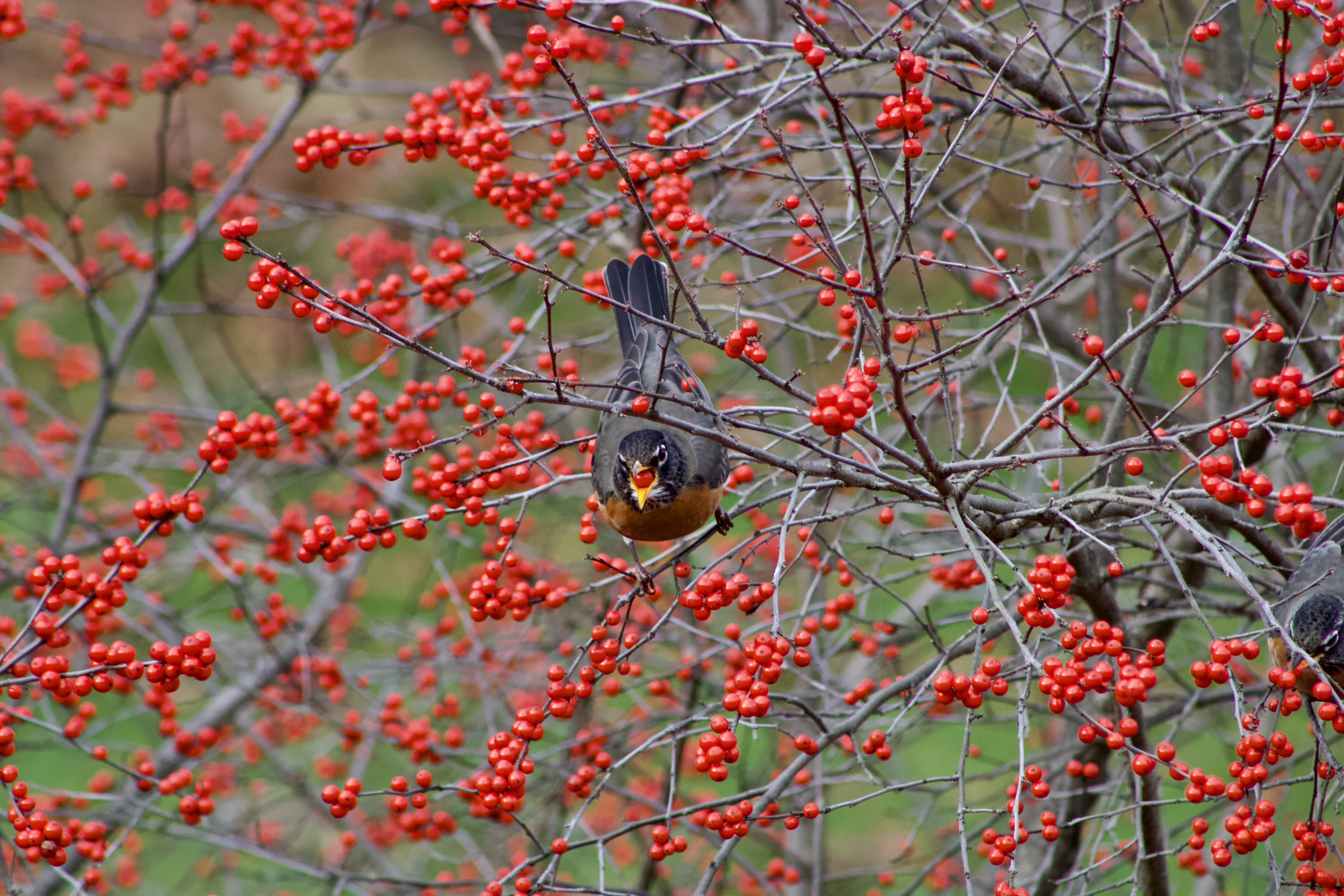Evergreen landscape plants provide winter interest and year-round structure. Or, at least they should. But way too often, they totally fail at that function.
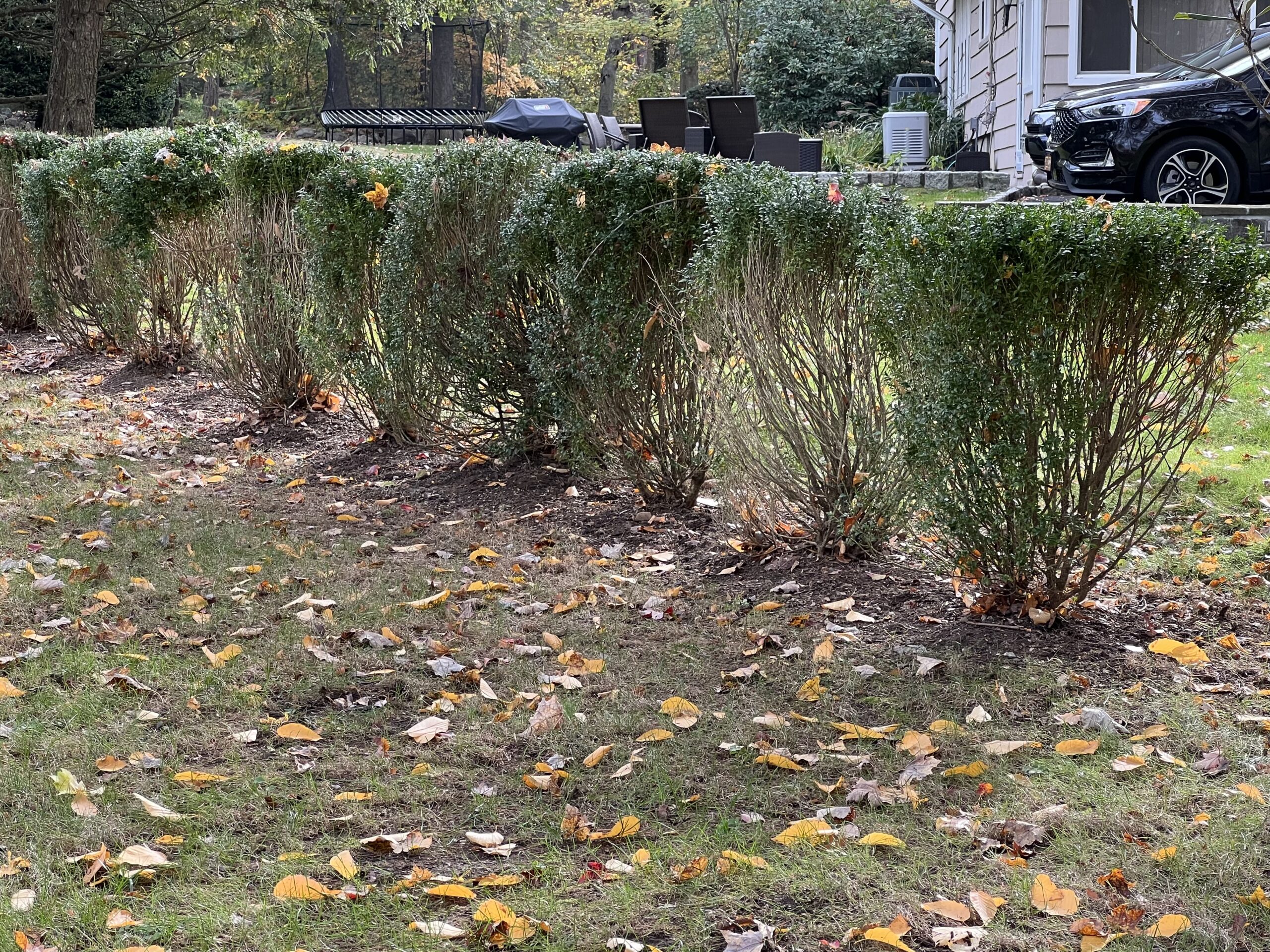
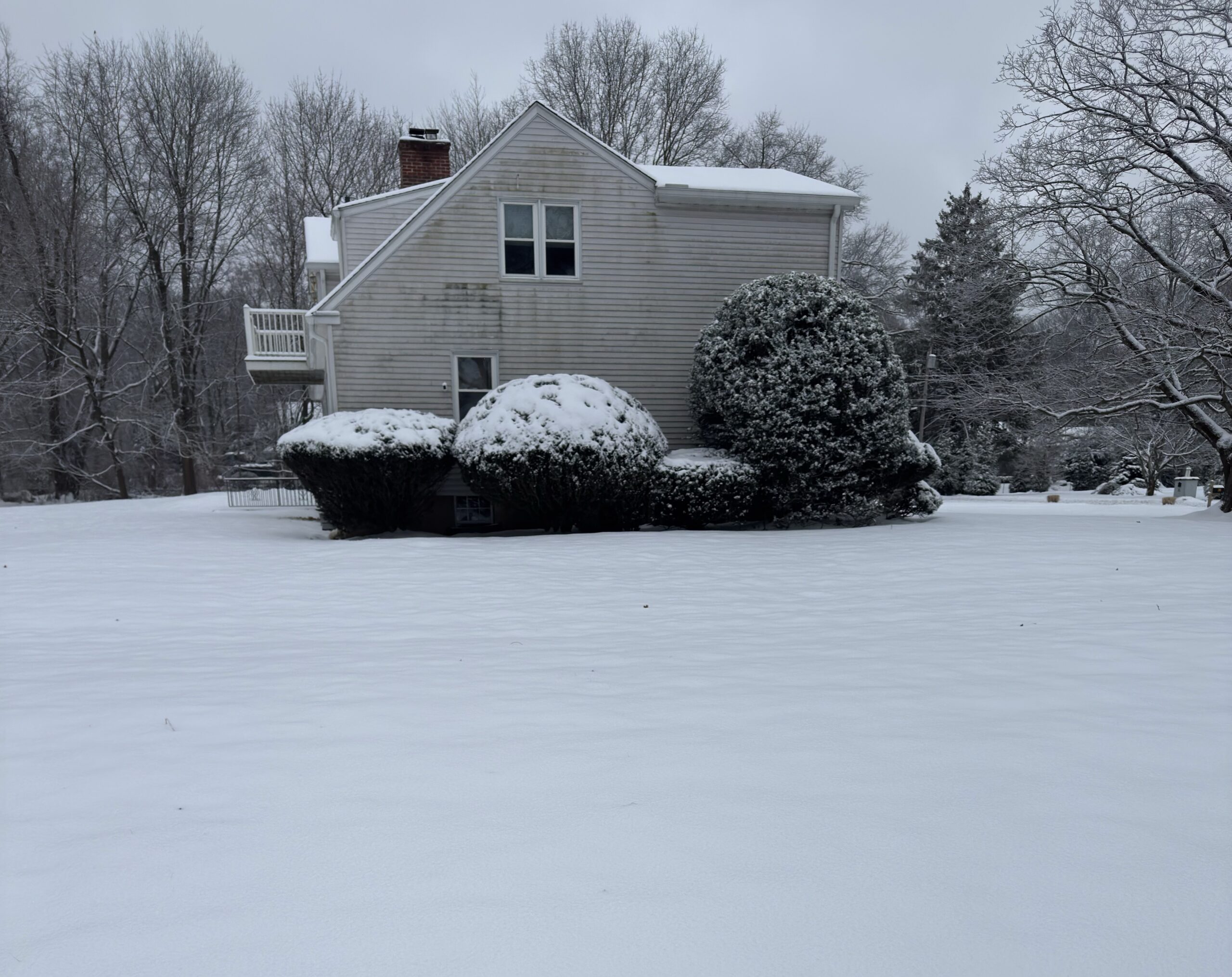
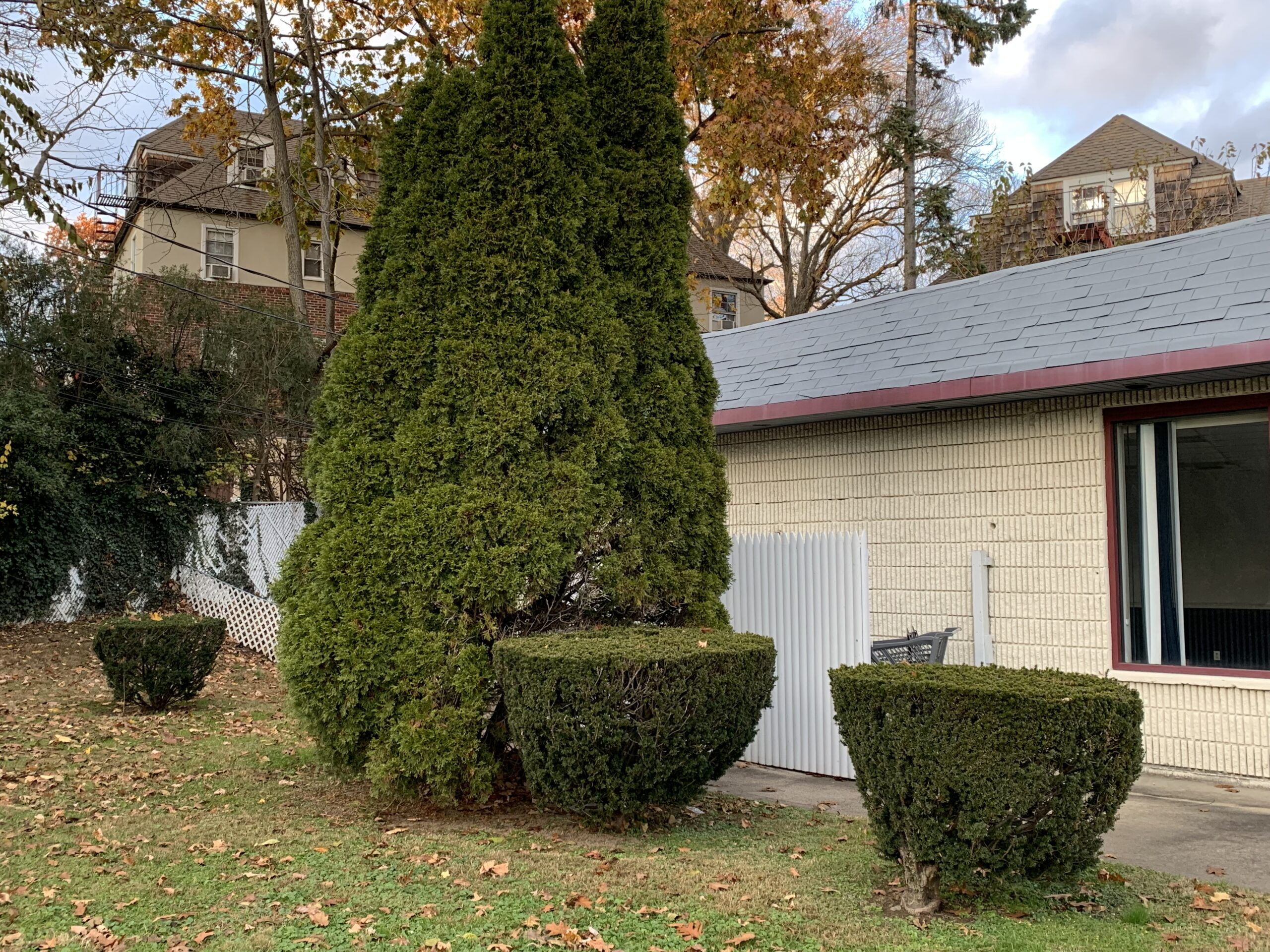
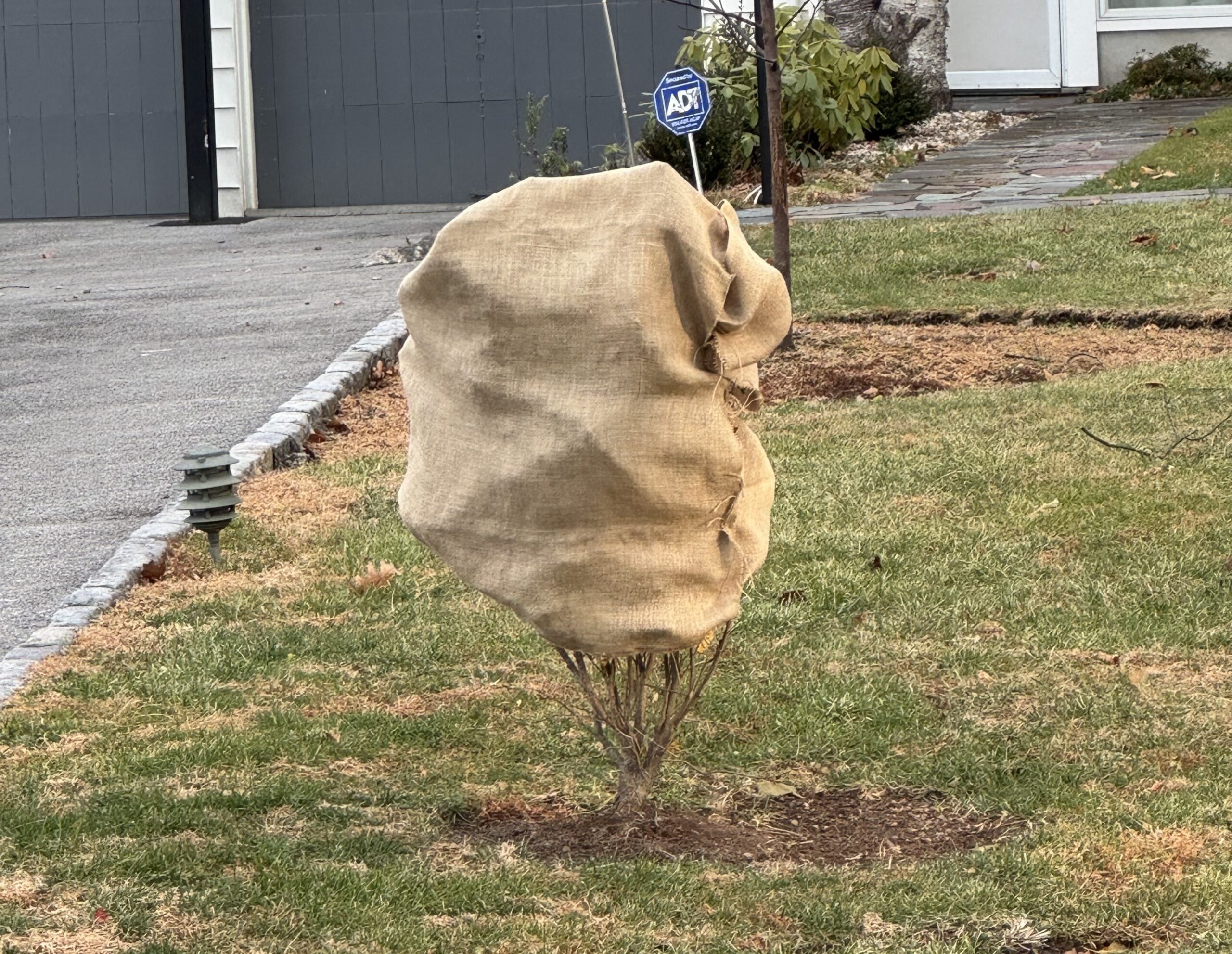
In general, suburban landscapes use too few species of evergreens, and often the wrong evergreens in unattractive ways. The same non-native shrubs — boxwood, taxus, privet, Asian azaleas and junipers – are repeated house-after-house, often clipped into shapes too strange to be natural and too tight to provide shelter for birds. Whether it is a failure on the part of developers and builders, or the nursery and landscape industry, or homeowners themselves, the result is dull, repetitious, and sterile landscapes. The over-use of non-native shrubs also sadly results in a lack of food and shelter for birds, insects, and other animals, all of whom depend on native plants.
But it is an easy fix! There are so many great native evergreens.
The last four blog posts in this series on American Evergreens featured Eastern Red-cedar, American junipers, Eastern White Pine, and American Rhododendrons, all excellent plants for suburban landscapes. But there are more! Browse through the posts linked below for more photos and information about each of these evergreen options:
American Holly (Ilex opaca) is a magnificent tree that grows slowly, eventually reaching 40 feet tall. It provides a dramatic evergreen backdrop for flowering shrubs and is a dense, year-round privacy screen. Its foliage provides essential shelter and its berries are prime food for birds. Be sure to plant a smaller male holly in the area to assure a good show of berries all winter. Click here for more information.
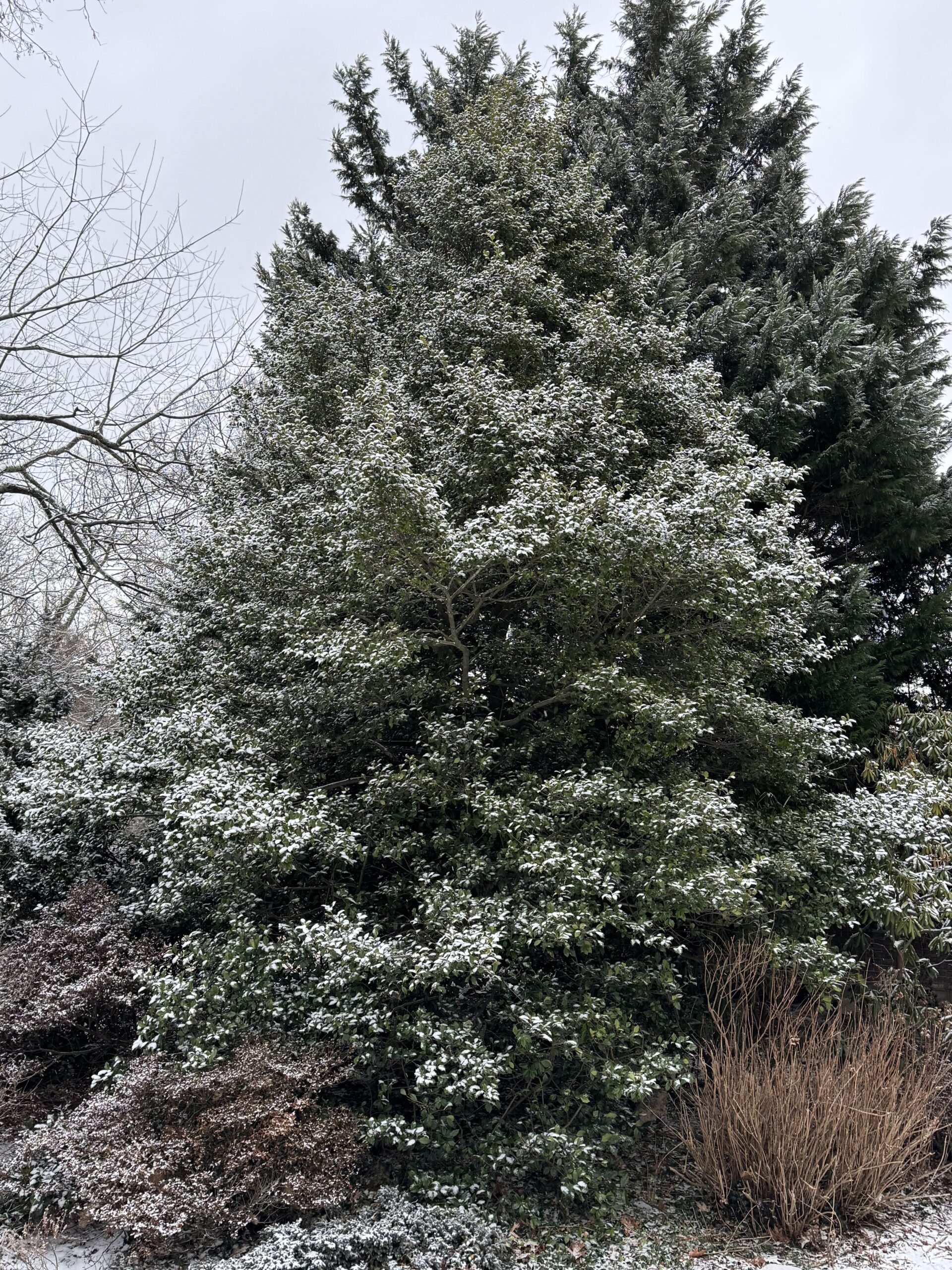
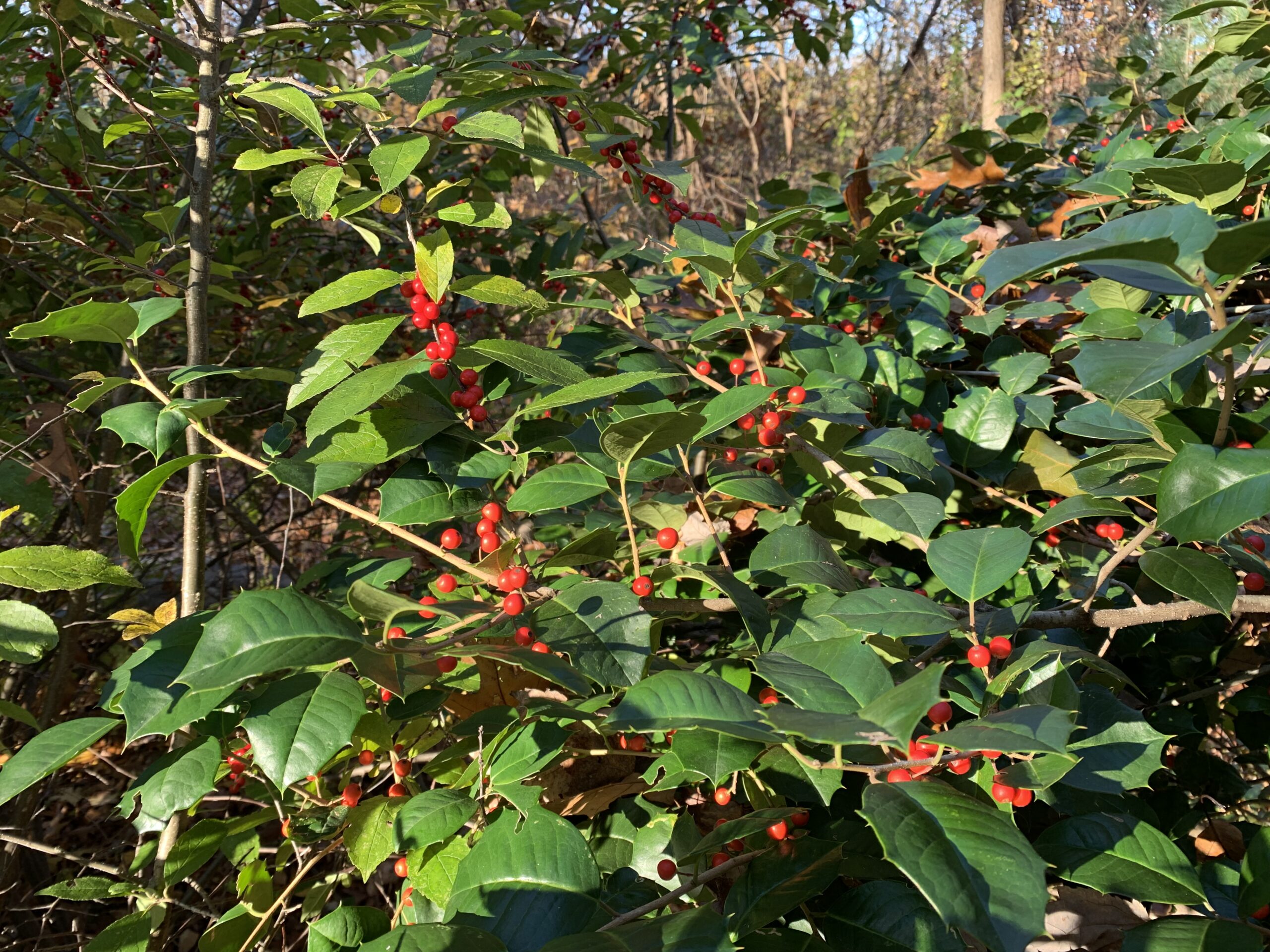
Inkberry (Ilex glabra) is a great substitute for boxwood. It looks very much the same, but is better adapted to our climate and soil conditions in the Northeast, so it does not have to be coddled in burlap all winter to protect it from ice and salt. Cultivars like ‘Shamrock’ and ‘Compacta’ are slow-growing, smaller than the species, and suitable for smaller properties or as foundation plants. Inkberry may be pruned as easily as boxwood and used for hedges. Older shrubs can get leggy with age, so underplanting Inkberry with smaller shrubs or perennials is a great idea. For more information and photos, click here.
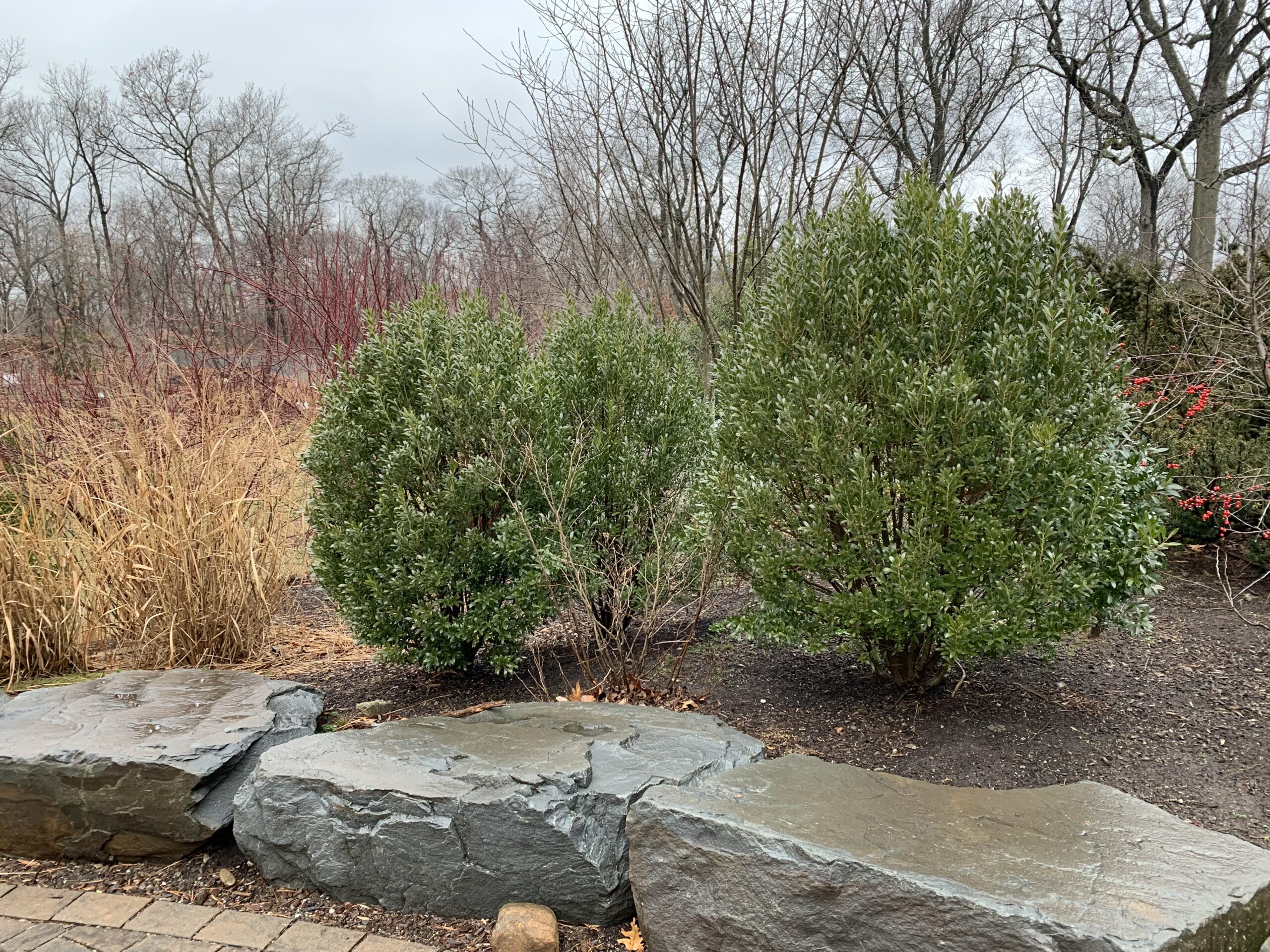
Alberta Spruce (Picea glauca), a majestic large tree in the wild, is more commonly seen as a dwarf cultivar ‘Conica’ that is very slow growing and attractive as an evergreen foundation plant, or even in a patio container. It is Christmas-tree-shaped and can provide a formal, vertical element in the garden. More info here.
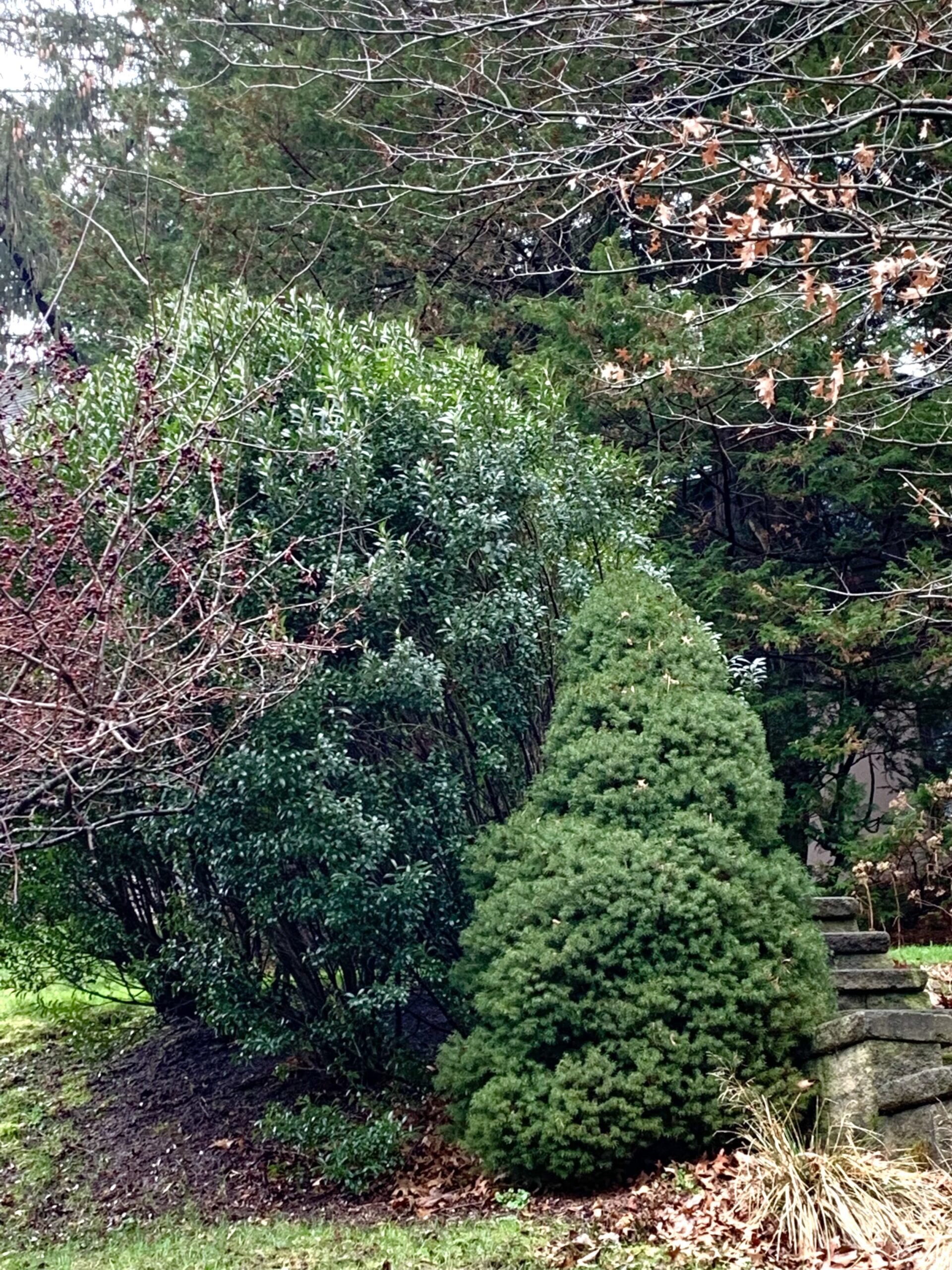
Globe Arborvitae (Thuja occidentalis) is an alternative to tightly-clipped boxwoods for homeowners who prefer that spherical look. Rather than watering and fertilizing non-native shrubs only to shear off the new growth every year, naturally globe-shaped cultivars of our native Arborvitae are a better idea. Cultivars named ‘Hetz Midget,’ ‘Tater Tot, ‘Little Giant,’ and ‘Golden Globe’ require no fuss to hold their shape, and may provide better ecological resources than boxwood topiaries. More info here.
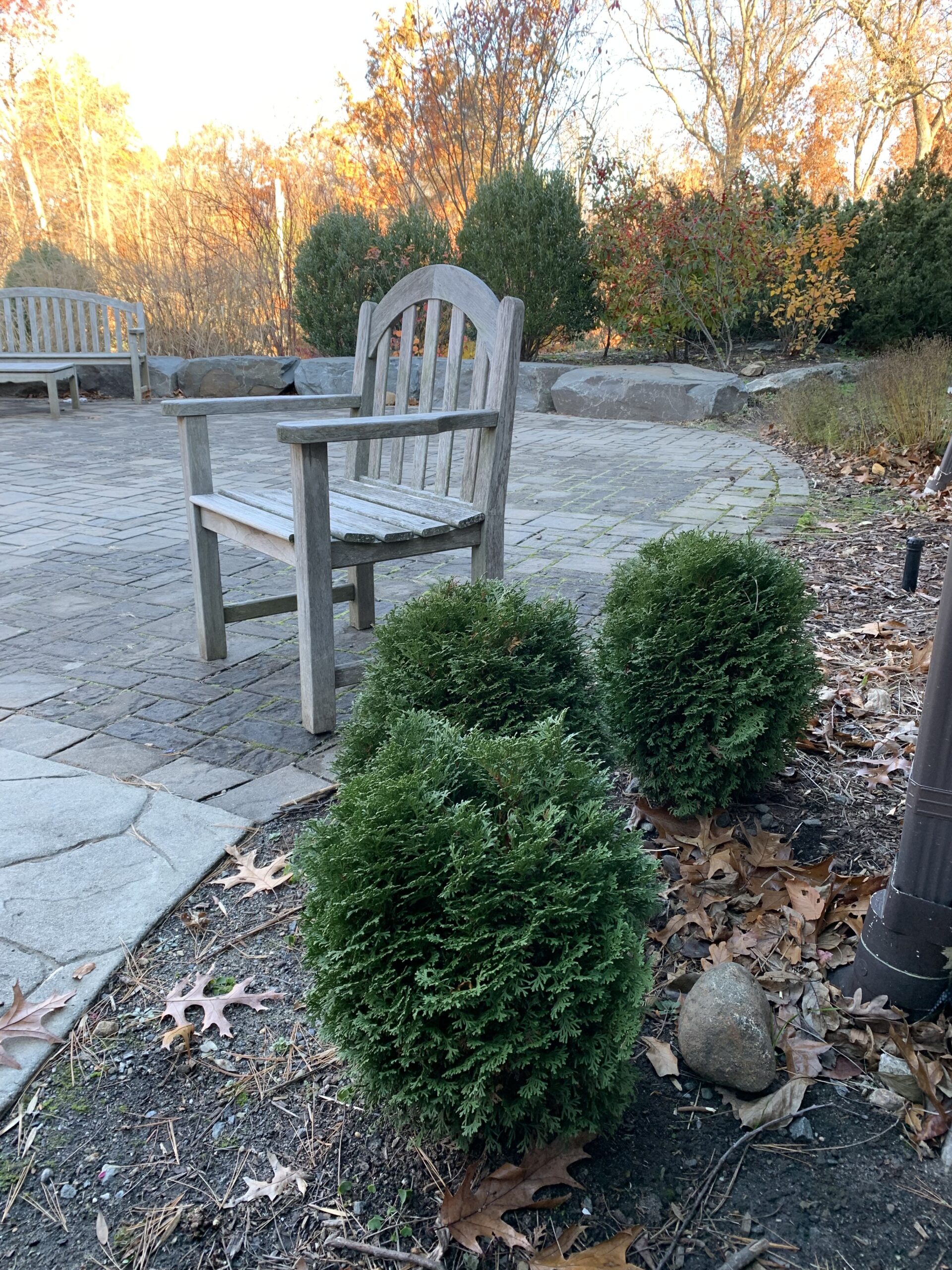
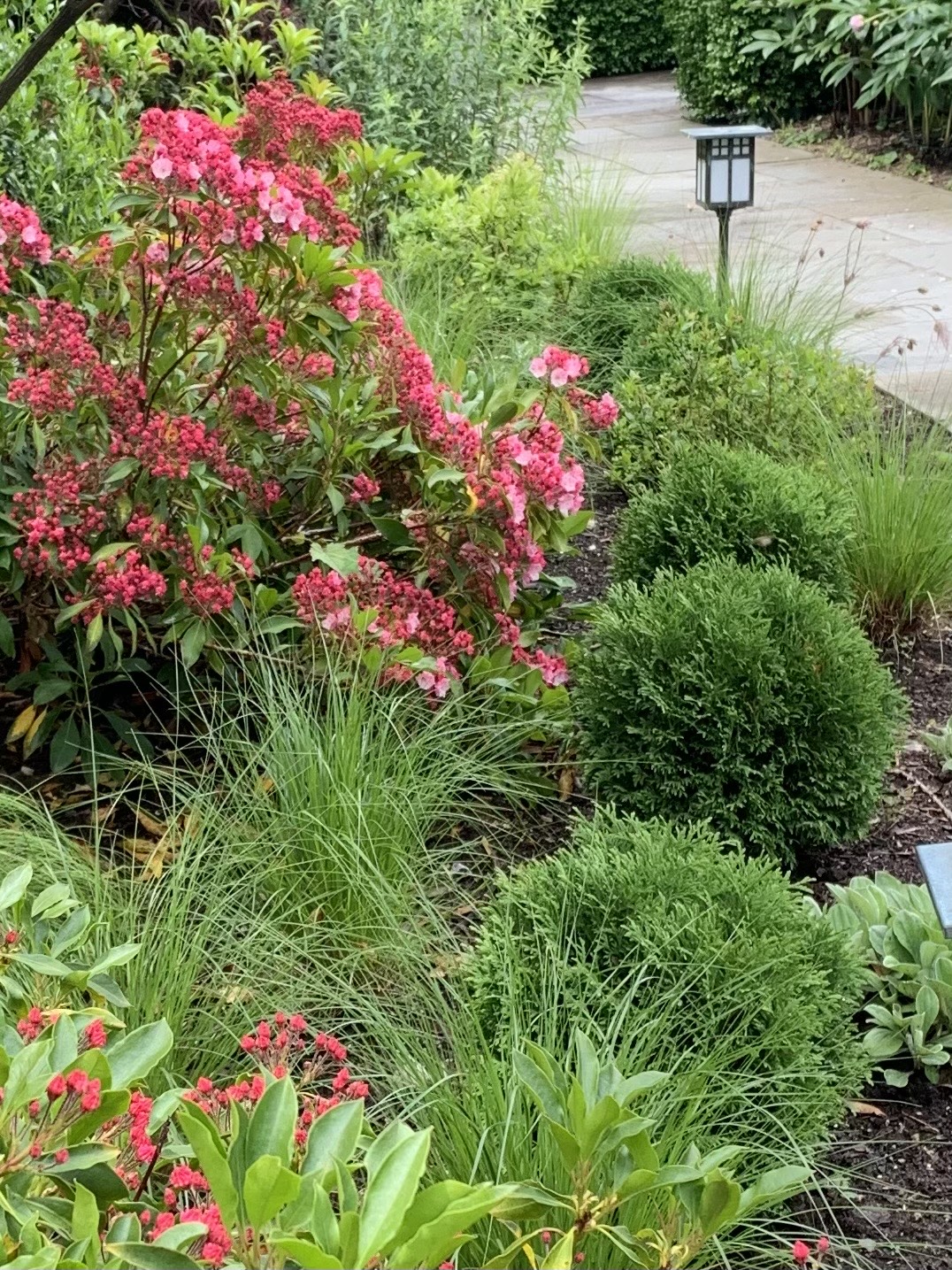

Leucothoe (Leucothoe fontanesiana or L. axillaris), sometimes called “Doghobble,” is a fabulous understory shrub that should be used much more often. As a substitute for invasive pachysandra or ivy in a shady wooded area, it is without equal. It is low-growing, maxing out at 2 to 3 feet tall and spreading out gradually 3 to 4 feet wide. It is beautiful, foolproof, very deer resistant, and reliably evergreen. Plant it under trees, along fences, and in shady parts of your yard where deer are usually a problem. For a full description and more photos, click here.
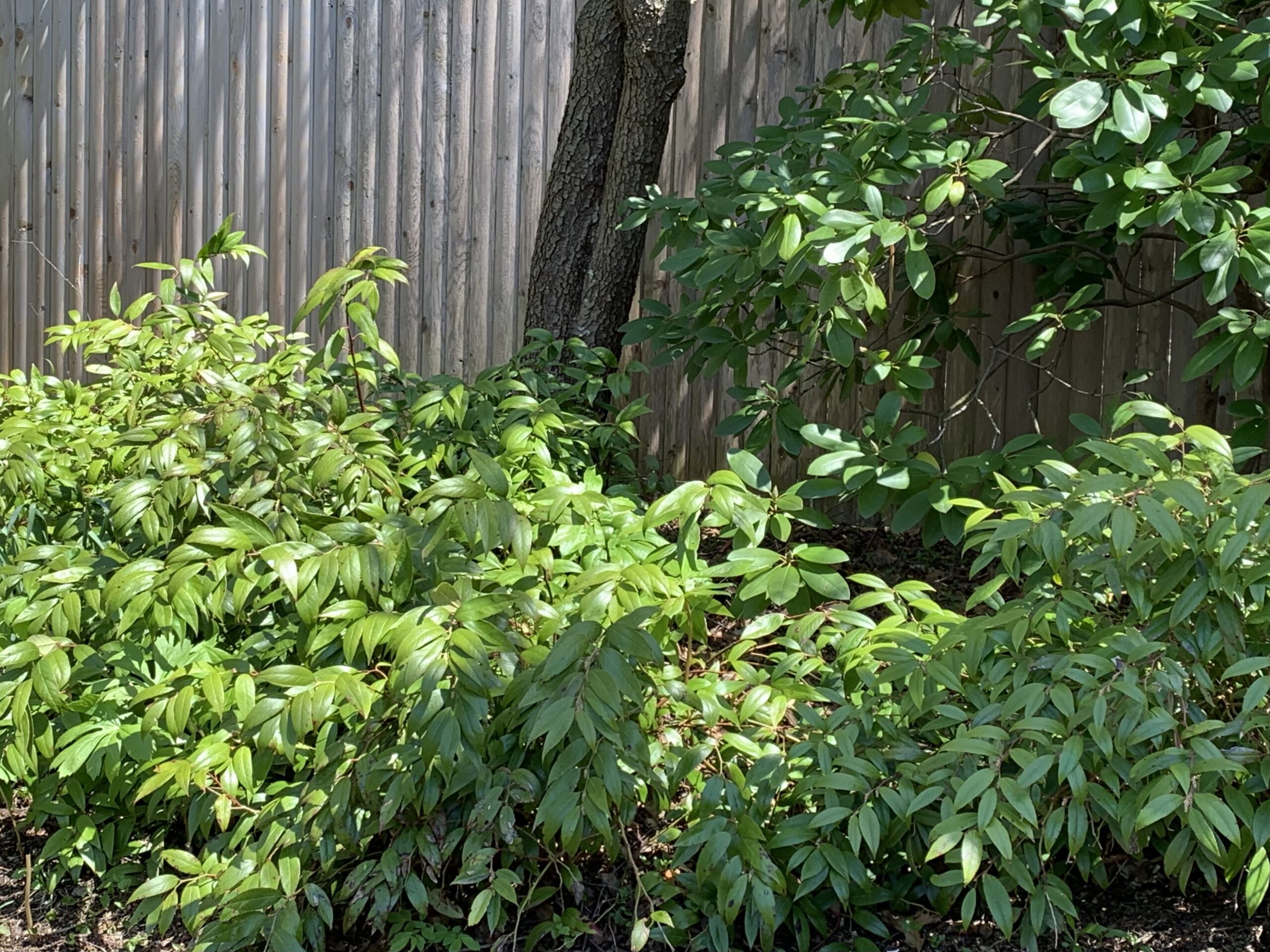
With all of these choices, suburban gardeners can add so much diversity to their yards! Native shrubs enrich the environment while adding beauty and variety to the landscape.
So, don’t stick with the same-old, same-old that you see around the neighborhood! This spring, plant more shrubs! Expand your tree and shrub plantings out into your yard, and update your foundation plantings with native shrubs.

Make next winter more interesting. Try American Evergreens!
